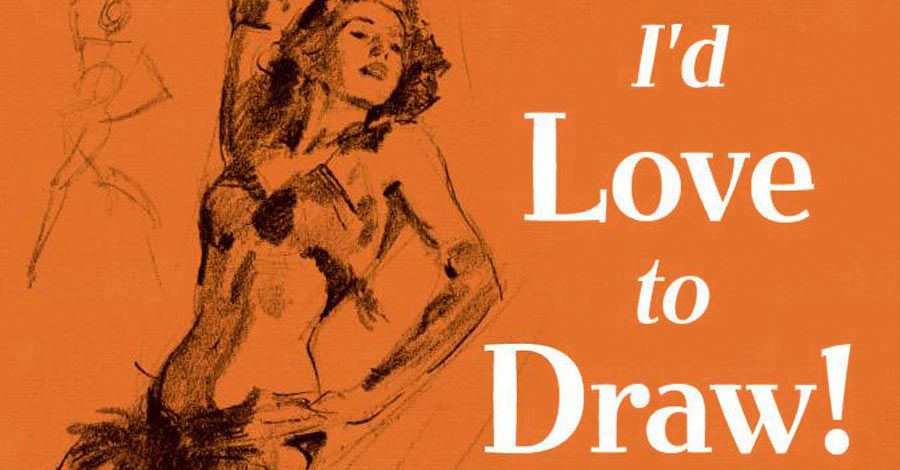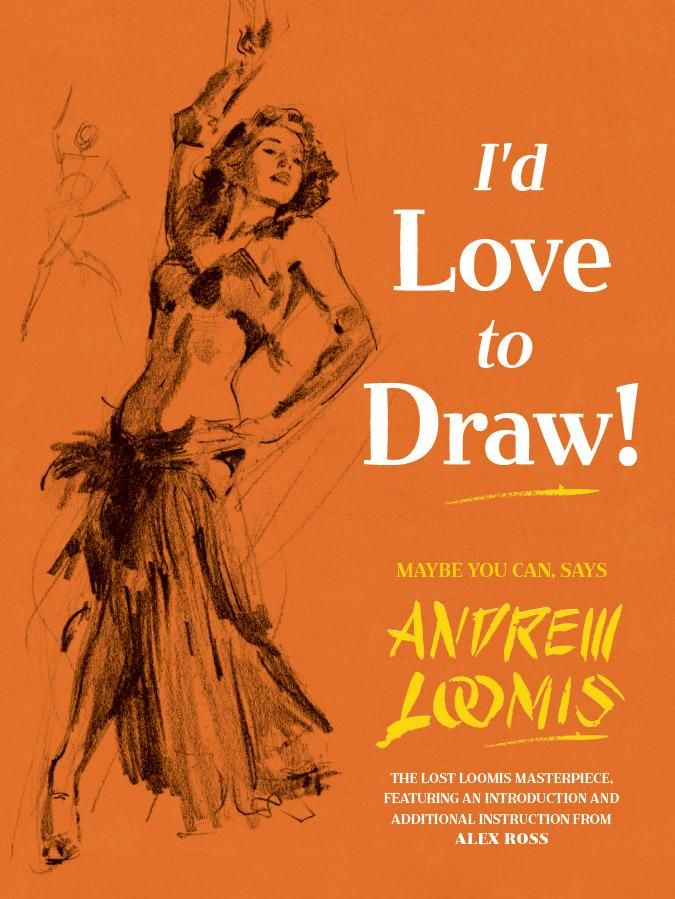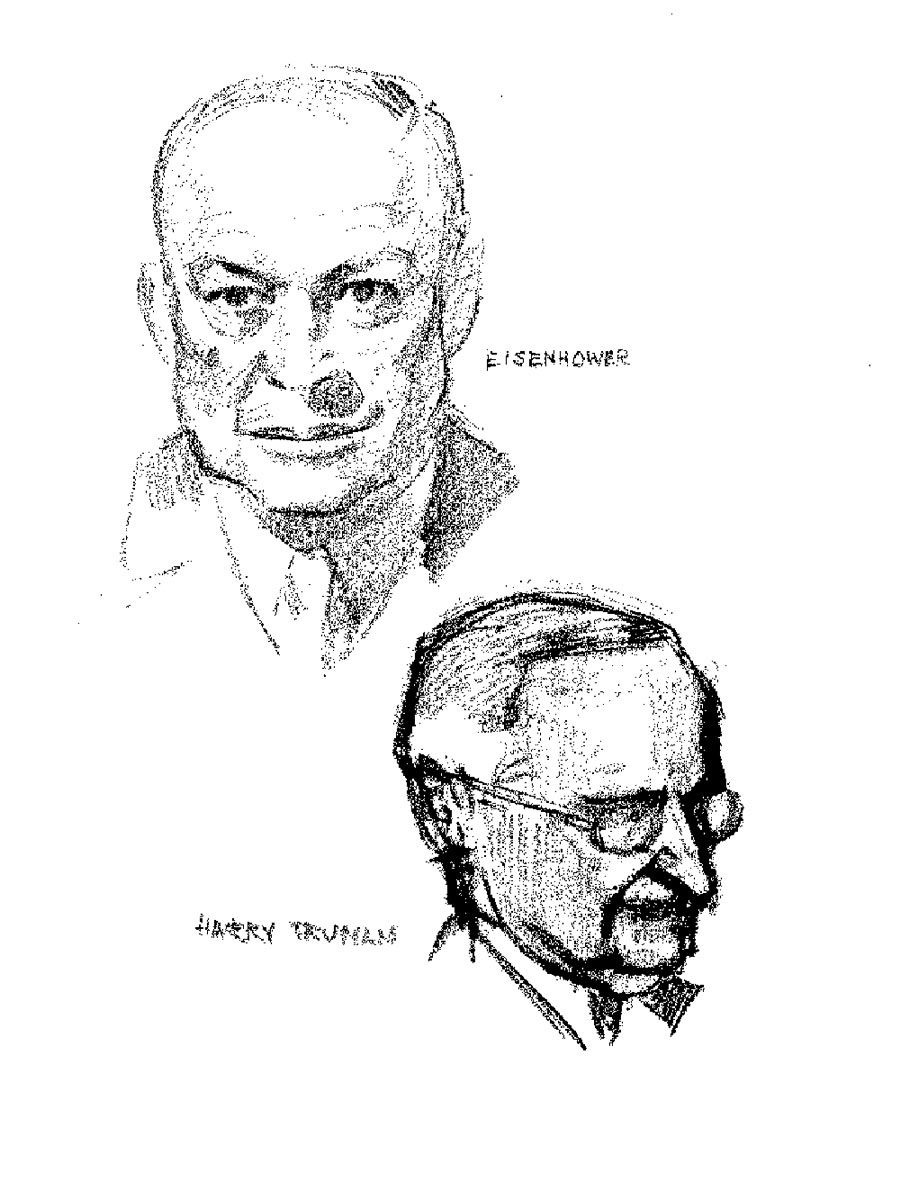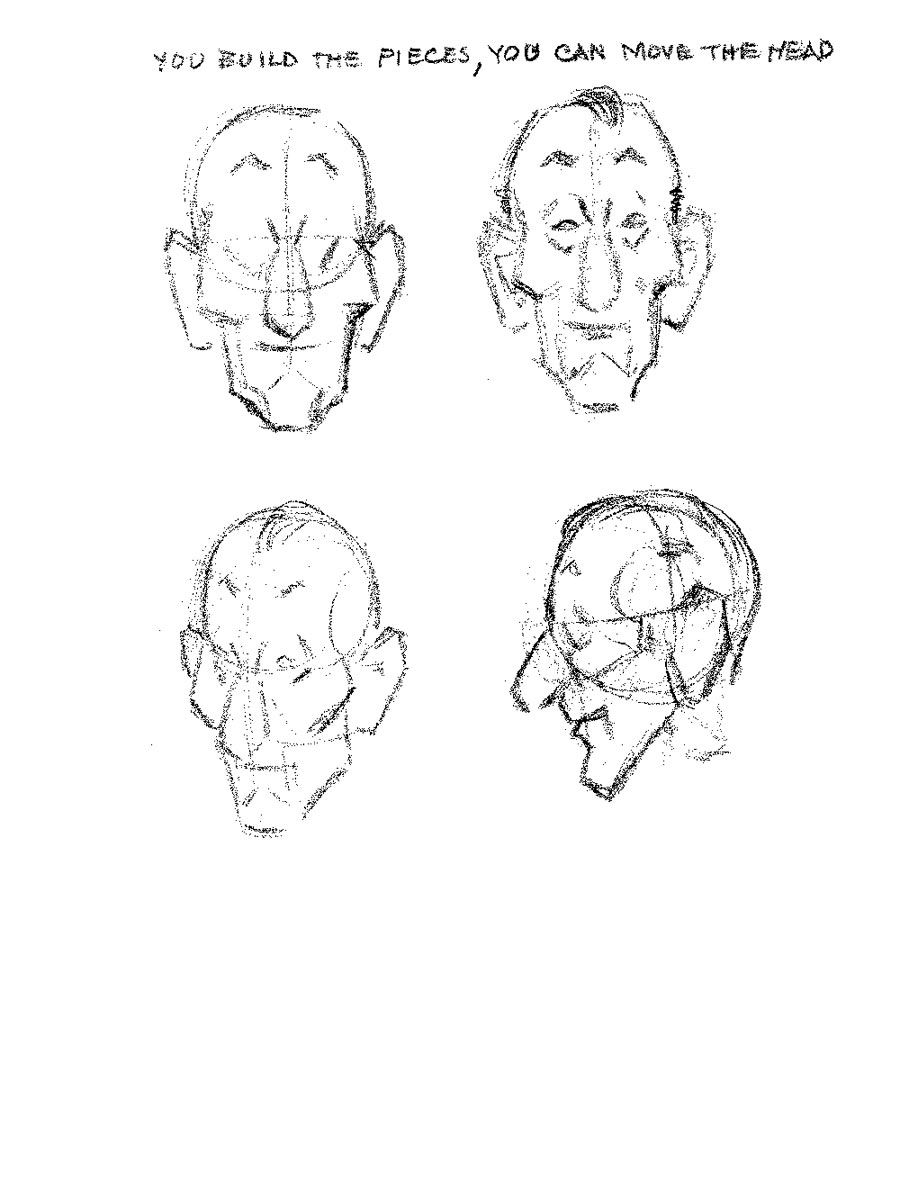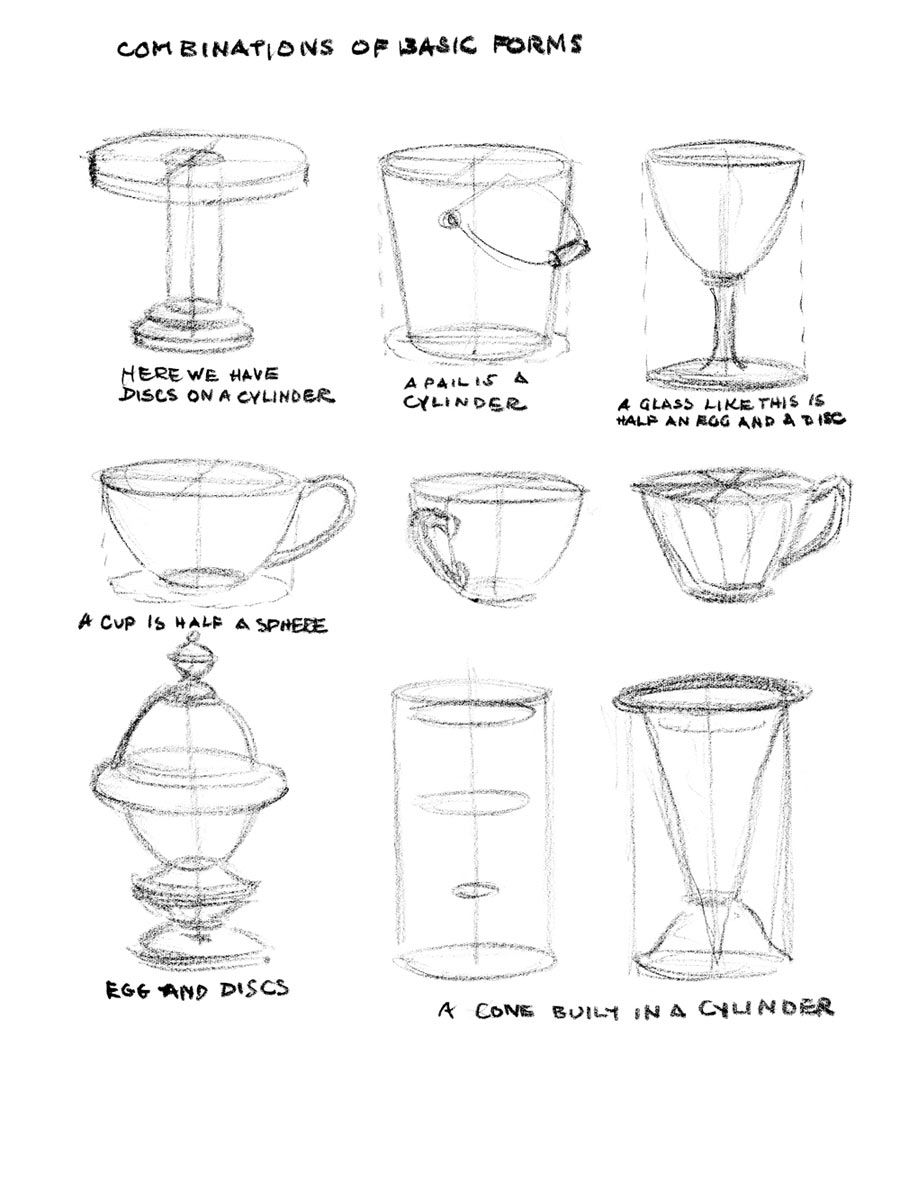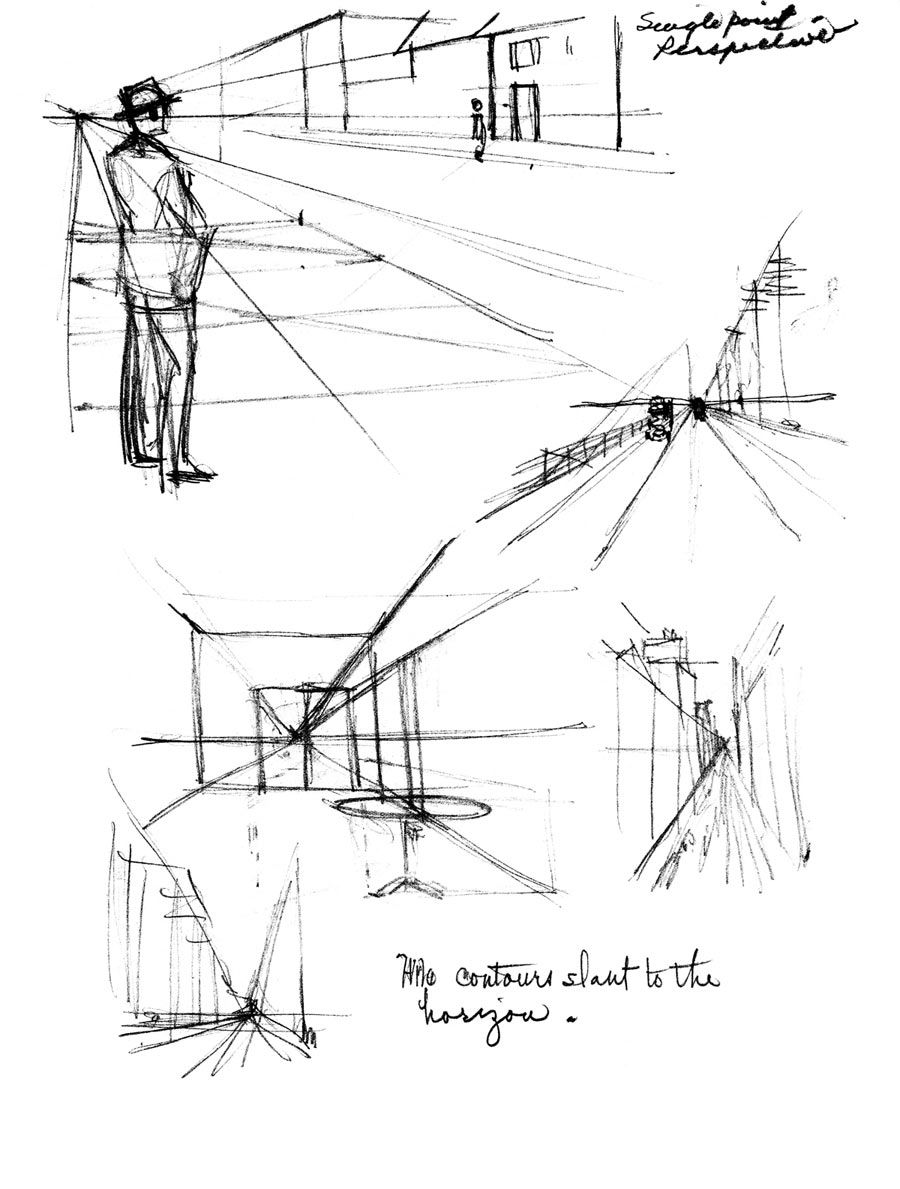One of the reasons Alex Ross loves to draw is Andrew Loomis.
Over his decades long career in comics, Ross has become known for his photo-realistic paintings in the style of mid-century magazine illustrators like Norman Rockwell. Loomis was one of the top talents of that era, and the author of a series of art instruction books given to Ross by his mother. Now, thanks to Titan Books' ongoing series of Loomis book reprints, Ross has completed the author's never before released manuscript for "I'd Love To Draw" -- an instruction book for the casual artist which made its debut earlier this month.
RELATED: Alex Ross Dives Deep Into Marvel's "Secret Wars"
CBR News spoke with Ross about the influence of Loomis and his relationship with the project. The award-winning artist explained the legacy of the painter's realistic style, their academic connections and the process of fleshing out a book meant for new students.
CBR News: Alex, when I think of art instruction books that a lot of comic artists know, I think of things like Burne Hogarth's "Dynamic Anatomy," but Loomis seems to have a different reputation amongst a different crowd. What's his legacy like to you?
Alex Ross: I would think the Hogarth stuff would always be contested for being a little too towards the comic end of exaggerated musculature and all that stuff. The Loomis stuff related to myself, my mother and many other artists like Steve Rude because it has the essential basis of straight up realism at its core. That very much makes it share things in common with Norman Rockwell and other illustrators of the '50s. That's the link for us, as far as an interest in the passion.
Loomis' books go back to the '30s or '40s, and they had a major impact on the illustration field as far as writing down the best way to elaborate on how he did his work but also how to view life drawing. I always viewed them as the essential life drawing illustration books of the 20th Century.
But "I'd Love To Draw" was just an unfinished or unpublished manuscript?
Basically, he had put this one book together, but it was never published. He did prototypes of all his books where he'd take a sketchbook and fill it up with rough sketches to lay out the pages, and then do what he intended the final drawing to be. He'd then paste in typewritten pages that went over the chapters. They were the words that described his lessons and his intentions. He even did this for his famous color books, where he'd show miniature color roughs he did before the final paintings.
But what survives is this one book that was never fulfilled. It got cancelled either by his choice or his editor's choice, and they made a different art book instead that was much more focused towards working illustrators. The focus of the book that I got involved with is his passing interest in trying to create a book that was for the layman to come in -- somebody who's just looking to draw and not taking it so seriously as a working artist.
I think the era he published in is really known for things like the Famous Artist School catalogues where you draw a turtle or whatever and get critiqued by mail. Was this an attempt at doing something similar but maybe a bit more professionally motivated?
It's with that kind of intent on his part. And maybe, who knows, but it may have been the publisher who said, "This isn't for you" and asked him to do other books in the series. Some of the rough drawings that you'll see in this book -- and his roughs are known for being much more elaborate than you might expect -- eventually got tightened up as full illustrations for other books he did. The one I'm thinking of is called "Successful Drawing," and that's already been reprinted by Titan.
So aside from his general influence on you, how did you get brought on for this project, and what was the process of preparing this like?
These kind of things coincide in some ways. On the one hand, there's the Titan Books people reaching out to the Loomis family to put all his books back in print -- and I didn't have a working relationship with Titan at that point. But then there was also the Andy Warhol Museum who had contacted me about doing an art exhibit which eventually became a traveling show -- currently in California -- and they got ahold of the Loomis estate via his granddaughter to borrow a couple of Loomis pieces for the show. It was to show his influence in this huge exhibit. And so that probably put me more on the radar of the family. I can't imagine they'd know who I was otherwise, because I doubt they're keeping track of comics.
So when it came time for them to do the Loomis books with Titan, they knew who I was and knew I could first give a pull quote when the book series launched -- you see it on the dustjackets -- about the influence he had on me. Then Titan had talked to me about doing my own art book, which I don't feel quite up to just yet. But once they'd done three or four of the other Loomis books, they found this unfinished one and realized it just needed to be fleshed out.
What was missing from the original manuscript was a small body of text. If you can imagine, every page is drawn, and the main text for each chapter is written by Andrew Loomis and put in there. But he had marked out in sketch form little boxes around some of the sketch material where he had planned on telling some things about what he was doing to the reader. As I looked at it, I could see the kind of language it would have been. I felt that wouldn't present anything beyond my faculties at what I could contribute in trying to speak to the intent of his guide.
Do you think that having read those books so much at a young age gave you a feeling for how the text you wrote would have been presented in Loomis' hands?
Maybe. I wouldn't boast that myself, because I'm not a great study on writing, necessarily. I'm definitely a novice when it came to this. I had a lot of eyes over my shoulder. I just figured that I could write somewhat from the gut of my impressions to it.
What I did do was lean on some of my teachers who are currently still teaching at the American Academy of Art where Andrew Loomis taught back in the 1930s. There's a connection school-wise in terms of the understanding and the objectives. They were able to look over my work and give me feedback, and both of those professors are credited for their contributions in making this final book come together.
I'm sure you've had plenty of people come up over the years and ask you for drawing critiques. Do you like the idea of passing along you knowledge in a casual manner with "I'd Love To Draw"?
Sure. And in a lot of ways, it's flattering if I have any kind of association in the history of Andrew Loomis' legacy. I've got a point of connection there now, and that's a terrific thing to boast. So of course I go directly to my mother, because it's her who introduced me to these books. That's what I write about in my introduction. And hey, it's hard to impress your parents. [Laughs] I tell her this like she's supposed to be impressed, and in her late 80s, she's like "Eh. I'm impressed enough with what you do."
"I'd Love To Draw" is on sale now from Titan Books.

